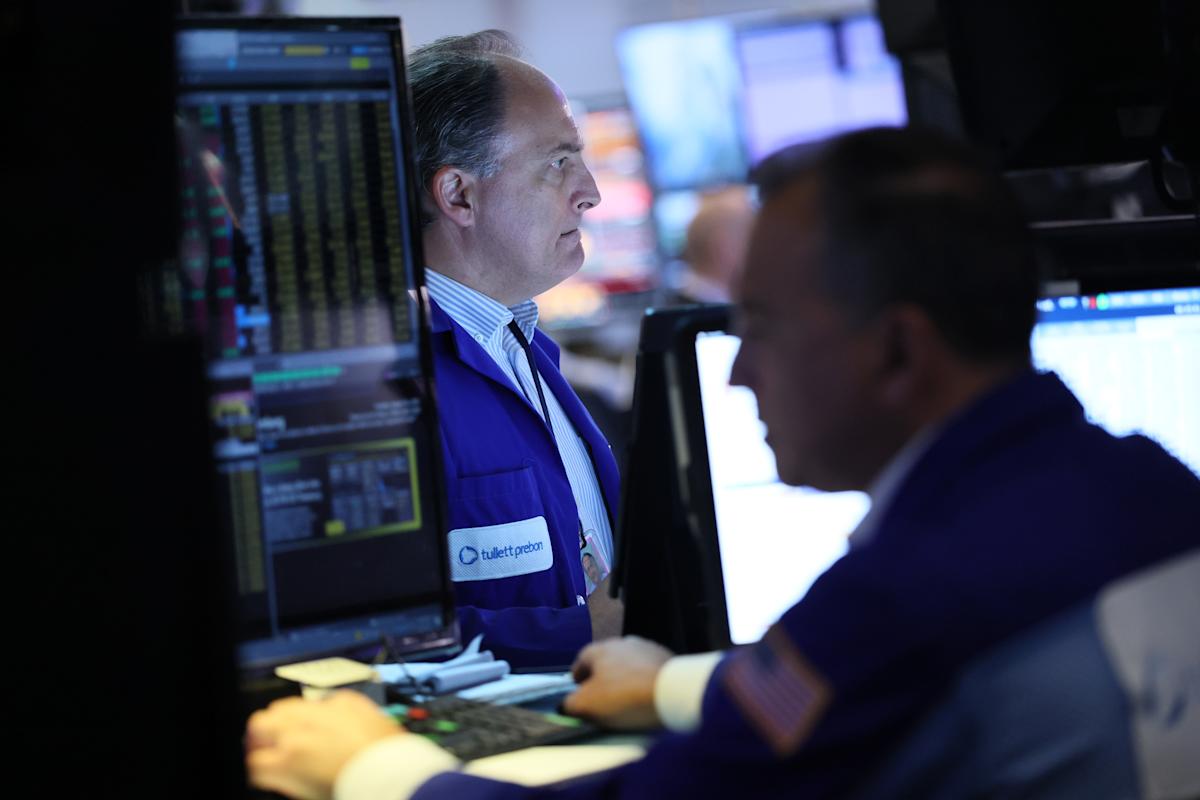Institutions Embrace Digital Assets
Digital assets are evolving beyond their initial appeal to early adopters, as a growing number of major institutions are now entering the space. From pension funds to multi-strategy hedge funds, there is an increasing trend among investors to seek exposure to cryptocurrencies. In a recent discussion with Yahoo Finance Future Focus, Anatoly Crachilov, CEO of Nickel Digital, shared insights into which institutions are spearheading this movement and the factors driving their interest. Crachilov reflected on the development of crypto investors over the past six and a half years at Nickel Digital, noting that while family offices initially led the demand, larger institutional players are now taking the forefront. “We see endowments, foundations, and pension funds actively exploring this space,” he stated. “In time, these entities will allocate larger portions of their portfolios.”
Pension Funds in Exploration Stage
Crachilov pointed out that many pension funds are still in the preliminary stages of understanding the landscape, focusing on thorough research, collaborating with regulated managers, and experimenting with modest allocations through diversified digital asset offerings. He emphasized a significant shift as discussions are now occurring at the board level, indicating a transition from mere theoretical interest to structured exploration of investment opportunities. Furthermore, even conventional multi-strategy hedge funds are beginning to engage with cryptocurrencies, moving from mere curiosity to deliberate strategic allocations. He attributed this shift to the increased regulatory clarity in the United States, which has alleviated some of the previous risks associated with investing in digital assets. “Crypto presents healthy competition,” Crachilov noted, “and could serve as a beneficial addition to the treasury aspects of U.S. businesses, which is why we are witnessing a rise in stablecoin adoption and growing institutional interest.”
Market Volatility Remains a Concern
Despite the uptick in institutional interest, the cryptocurrency market continues to exhibit significant volatility. The market crash on October 10, which led to some cryptocurrencies losing as much as 99% of their value temporarily, served as a stark reminder of this reality. Crachilov clarified that this incident was driven more by technical liquidations than by fundamental market weaknesses. Unlike traditional equity markets, crypto exchanges do not have coordinated circuit breakers to prevent abrupt declines. “When the market needs to drop, it will do so,” he remarked, describing the crypto sector as a “pure market economy.”
Approaching Risk with Caution
Crachilov acknowledged that institutions are conscious of these risks and are often more interested in risk-adjusted returns than in simply riding the market’s ups and downs. For example, Nickel Digital has developed a fund designed to maintain just 5% volatility, which is approximately one-tenth of the overall crypto market volatility. This allows investors to gain exposure without enduring extreme fluctuations. “Our objective was to create a product that fits seamlessly within a broader portfolio, providing predictable volatility instead of speculative exposure,” Crachilov explained. The strategies employed by such products include arbitrage, high-frequency trading, and market-making, which focus on identifying market inefficiencies rather than making directional price bets. The aim is to generate alpha while safeguarding client capital from dramatic swings.
The Rise of Tokenization
Crachilov also emphasized the increasing significance of tokenization in the investment landscape. Recently, the UK’s Financial Conduct Authority approved tokenized investment funds, paving the way for greater participation and liquidity in markets that were previously illiquid. “Tokenization offers exceptional liquidity, granting global access to these tokens in secondary markets,” he noted. This approach also allows for fractional ownership, which reduces the entry barriers for private equity and hedge funds that usually demand substantial minimum investments. “By lowering the minimum investment from $10 million to $500, you effectively unlock the market,” Crachilov stated.
Institutional Adoption: A Balanced Perspective
While tokenization introduces fresh capital flows and potential market disruptions, Crachilov highlighted that the core capital remains secured within the underlying fund, which helps to mitigate systemic risk. His observations paint a detailed picture of institutional adoption in the crypto space — substantial yet cautious. Large investors are attracted by the potential for diversification, alpha generation, and enhanced liquidity, yet they navigate this market with a strong focus on risk management and regulatory considerations. “The rise of liquidity and the advent of tokenized investment vehicles are forging a new paradigm,” Crachilov remarked. “We are transitioning from a niche interest to a fully integrated element of sophisticated investment portfolios.” As digital assets continue to evolve, it is anticipated that institutions will play a pivotal role in shaping market dynamics, balancing volatility with opportunities, and increasingly utilizing innovative structures like tokenization to tap into global capital.

